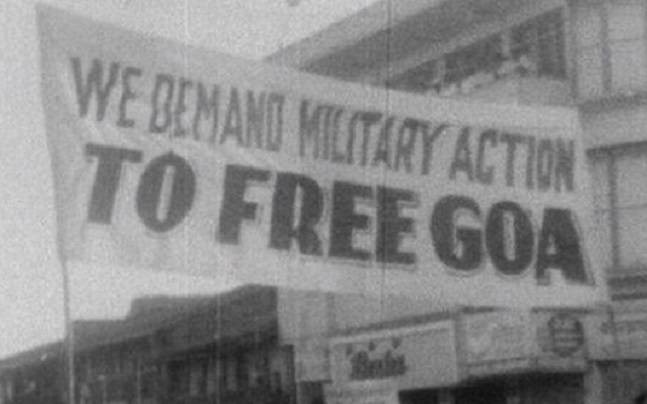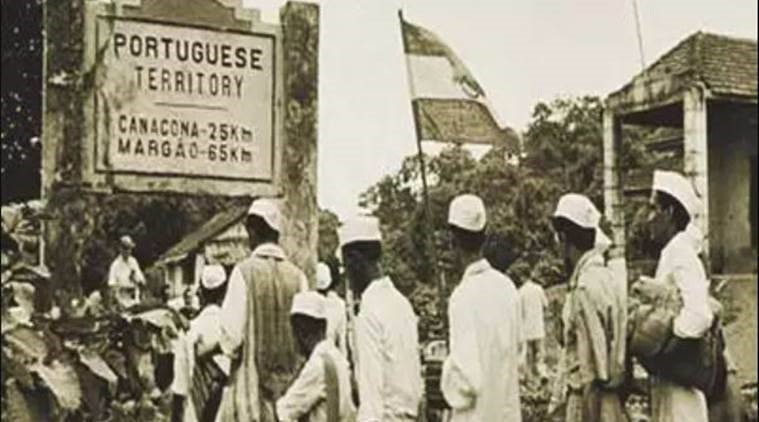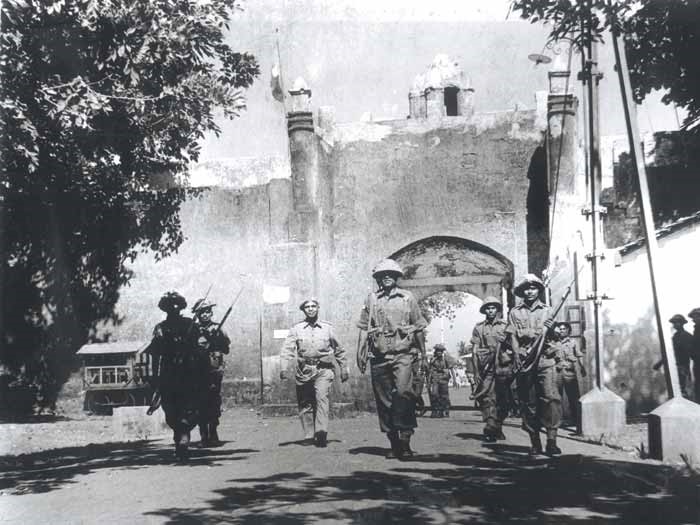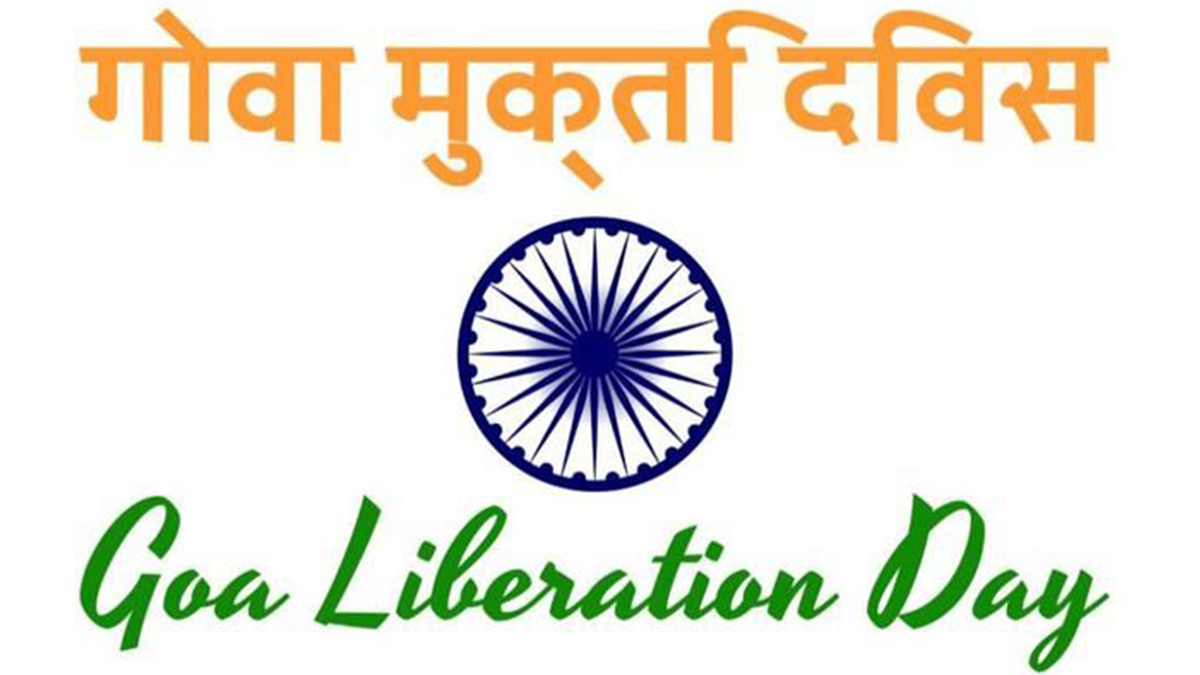The story of Goa liberation day starts with this unique trivia.
Did you know that Goa wasn’t always a state of independent India?
Yes, back in the year 1961 when Goa got liberated from the Portuguese rule, it officially became a state of India. It’s said that the whole operation took around three days to successfully do the work well and right.
Regarded as the significant day in the Goan history, also considered because the forgotten war for freedom, December 19 commemorates the freeing of Goa from Portuguese rule by the Indian soldiers and thus the entire independence of the Indian subcontinent. It’s termed as ‘Goa Liberation Day’.

While the rest of India gained independence 14 years back on 15th of August in the year 1947, Goa was still moldering under 450 years of the Portuguese rule.
The Portuguese were among the primary ones to colonize parts of India and refused to provide up their hold over Goa, Daman, and Diu, and Dadra and Nagar Haveli even post Indian independence.
Although the liberation movement began early within the 20th century itself, it gained momentum within the 1940s, drawing inspiration from the Indian independence movement.
Following an array of unsuccessful talks and diplomatic attempts with the Portuguese, military intervention was considered to be the only option by the then Prime Minister, Nehru .
The operation was set to be conducted from December 18, 1961. Taking the Portuguese by force, the ‘armed action’, code named ‘Operation Vijay’ (meaning ‘Victory’) involved strikes by Indian Navy, Airforce, and military for over 36 hours.

When was Goa liberated?
Indian troops reclaimed the Goan territory with little to no resistance and made General Manuel Antonio Vassalo e Silva to sign the certificate of surrender, thus ending 451 years of the exploitative rule of the Portuguese over the territory on December 19, 1961.
While Indians celebrated their victory, the move received a mixed response from the international communities. Though many praised the move and stood by India, many others including Portugal condemned the ‘invasion’ of Goa by the Indian troops.
The day is widely known with a plethora of festivities in Goa. It starts off with a torchlight procession from three different locations which ultimately culminate at the Azad Maidan. At this place, tribute and homage is paid to the martyrs. Aside from that, various cultural programmes like Sugam Sangeet also are conducted to honor the occasion.
As the country’s smallest state enters its 61st year of liberation, it remains a mixture of the cultures of Portugal while retaining a specific position of his own. The state has made milestones within the tourism sector and also maintains its position as having the absolute best per capita income among all the states and union territories of India.

Why doesn’t Goa celebrate it’s Independence day on 15th August?
Goa became a Portuguese colony in 1510 and continued to be under their rule for close to 450 years. They lost numerous other states to the British who became the dominant colonizer on the subcontinent.
Even after the British left in 1947, Goa continued to be under the Portuguese, despite a growing call for Independence.
The Goa Liberation Movement started gaining momentum in the 1940s and it involved non-violent protests, some revolutionary groups and even diplomatic efforts by the then Indian Prime Minister Jawaharlal Nehru.
But after all diplomatic efforts failed to make any progress and the Portuguese even refusing to grant autonomy, the Indian government sent in the troops to take Goa by force.
In a military operation conducted on 18 and 19 December 1961, Indian troops captured Goa with little resistance from the Portuguese side. Thus Goa Liberation Day is marked on December 19.


